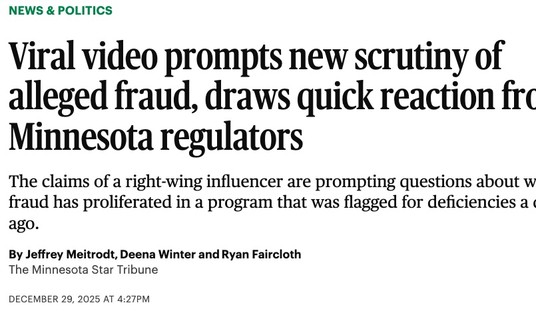Correlation isn’t causation, but the timing here is provocative.
And yes, the decision to yank J&J’s vaccine was the trigger.
Daily vaccinations were rapidly growing for every demographic under 50, and stable for 50-64, until the FDA’s “pause” (as though they could unclick that button and undo the damage).
They abruptly u-turn: pic.twitter.com/6GJ6m46PKm
— Daniel Bier (@FT__Dan) April 28, 2021
Even among the older age groups, in which most people had already been immunized before the J&J pause, the share of unvaccinated members who were showing up for their shots nosedived starting with the day of the pause. Result: Bad, bad trendlines.
Another way to look at it is what daily vaccination rates were for each age group at any given point in the vaccination campaign.
Before the J&J pause, younger groups were *not* much less enthusiastic than older people to get vaccinated. Now, the trends are not good. pic.twitter.com/nEKMUH8cfi
— Daniel Bier (@FT__Dan) April 28, 2021
Bier noted elsewhere that Israel managed to reach herd immunity by vaccinating around 85 percent of its entire adult population. The only age group in the U.S. that’s on track to meet that benchmark is senior citizens.
There are four possibilities to explain the timing. One is what seems to be happening in the graph is exactly what happened. The FDA announced the pause and a bunch of people who were iffy on the vaccines suddenly turned against them, drying up the demand.
Two is that it’s a supply problem more so than a demand one — namely, once J&J was paused, a large number of people who preferred that vaccine to the mRNA alternatives were suddenly on hold for 10 days. They didn’t want to get Pfizer or Moderna instead so vaccinations plummeted while they waited for the return of Johnson & Johnson. The problem with that theory is that J&J is now back on the market; if this were a supply problem, we’d expect to see vaccinations rising again over the past week.
Three is that it’s a pure coincidence. However unlikely it may seem, maybe we began running out of people eager to get vaccinated right around the time J&J ran into trouble.
Four is my pet theory, that it wasn’t the pause per se that killed demand, it was the revelation that the vaccine was causing unusual blood clots in a tiny number of cases. The emergence of a dangerous side effect that went undetected in clinical trials may have been enough to scare fencesitters away from getting J&J, and maybe not just J&J. If you’re worried about unknown side effects, there’s no reason not to worry about Pfizer and Moderna too. If I’m right that it was the blood clot evidence, not the FDA’s order to pause, that drove demand downward then we’re left with a dilemma of what the FDA should have done to avert this outcome. Were they supposed to … cover up the blood clot evidence in the name of ensuring steady vaccine uptake?
Uh, no. For the record, the answer to that question is “nope.”
Maybe vaccine demand was destined to hit a wall at the first sign of unusual side effects and we reached that wall sooner than everyone hoped. That’s the bad news. The good news is that the pandemic picture in the U.S continues to brighten thanks to the many millions of doses people have already received. Over the past seven days, cases have declined in 38 out of 51 states (D.C. included). Of the 13 where they rose, nearly all saw modest increases in the single digits percentage-wise. Nationwide, cases dropped by 16 percent overally, from around 66,000 per day to 55,000. Maybe we’ve finally, finally turned the corner on COVID.
But even if we have, it’s tragic that the rising vaccination rates that began to reverse in mid-April didn’t continue for a bit longer. “If vaccinations had continued on their earlier pace, about 10 million additional Americans would have received their first shot this month,” David Leonhardt noted this morning. “The fact that they haven’t will lead to more Covid-19 cases, hospitalizations and deaths than needed to happen.” It’ll mean more strokes will happen too. A big new study seems to have confirmed what scientists have suspected for a year, that people with COVID are at an unusually high risk for strokes.
Their study, newly released in the peer-reviewed journal Stroke, observed that one in four COVID-positive stroke patients are under 55, and the same proportion lacked obvious vascular risk factors like high blood pressure, diabetes or smoking.
This is unusually high. Normally, 10 to 15 percent of stroke patients are aged 18 to 50, and the figure is assumed to be similar when the age range is expanded to under 55s…
One of the most surprising findings was that COVID-19 appears to be a hidden trigger for strokes. Some 38% of the 432 patients studied had no idea, upon having a stroke, that they were COVID-positive, mostly only finding out when hospitals conducted routine coronavirus tests.
The irony, of course, is that it was a blood-clot scare that led to J&J being paused. With vaccine demand now in decline, the unvaccinated will remain more vulnerable to a disease known to cause … dangerous blood clots in the brain. Sigh.








Join the conversation as a VIP Member